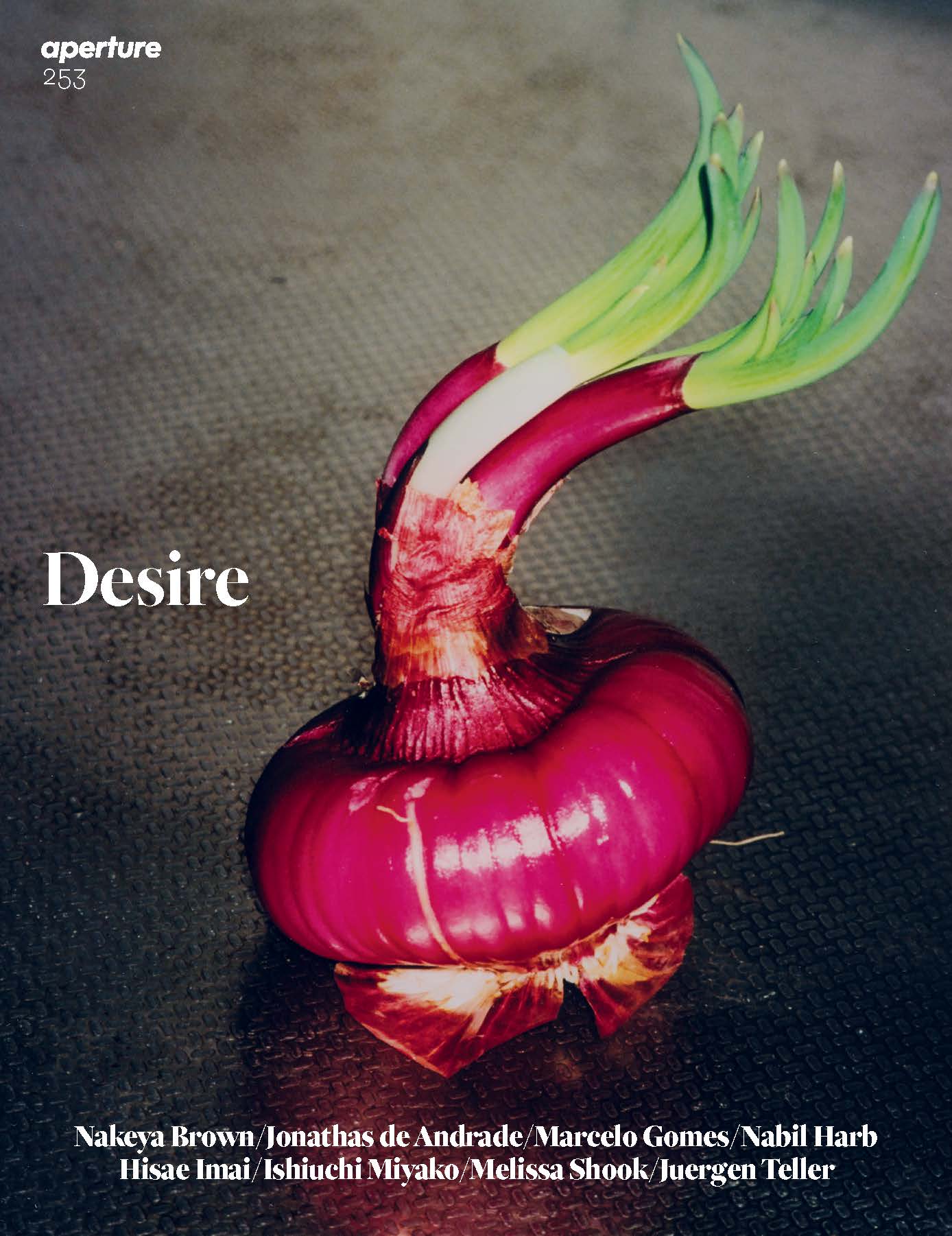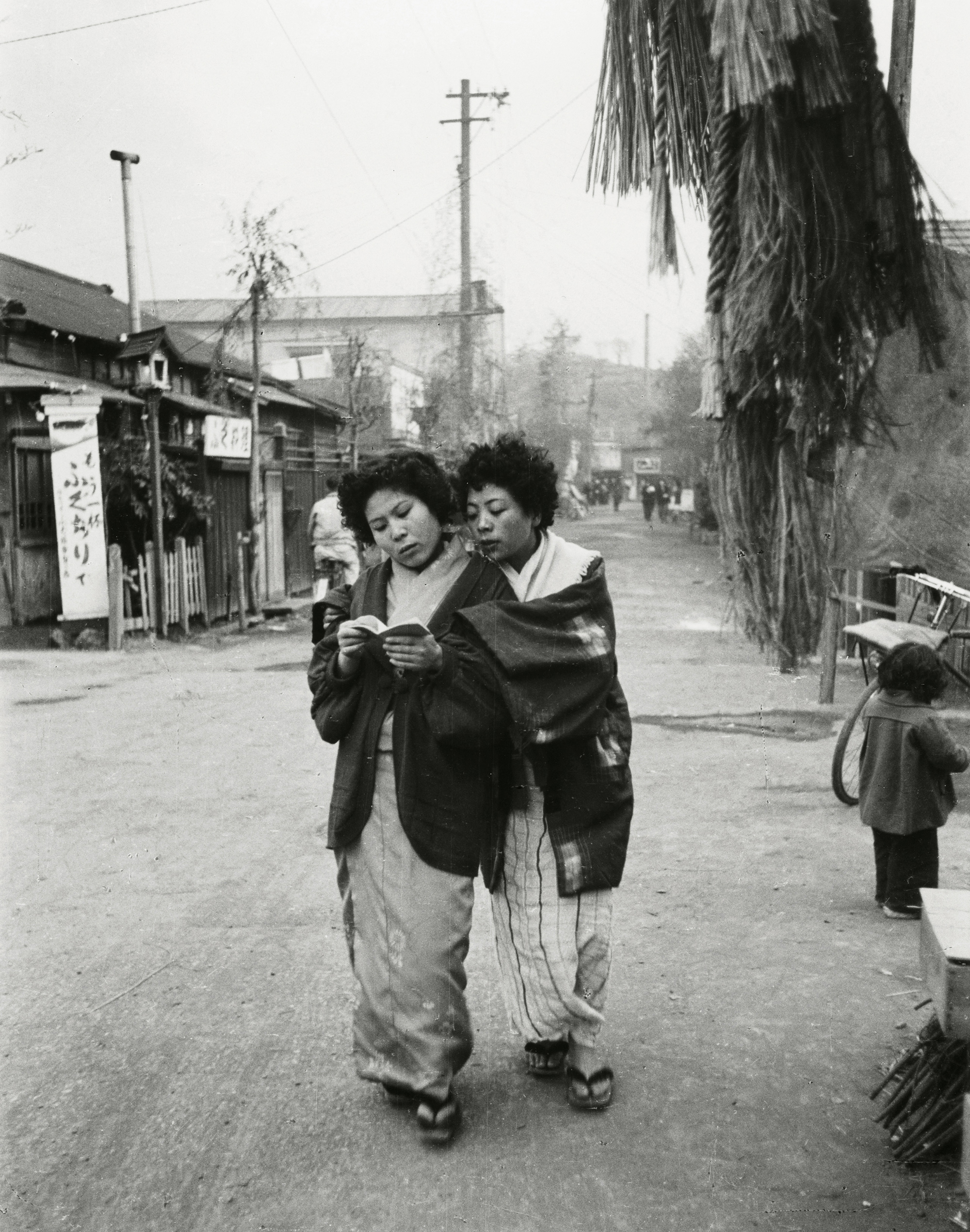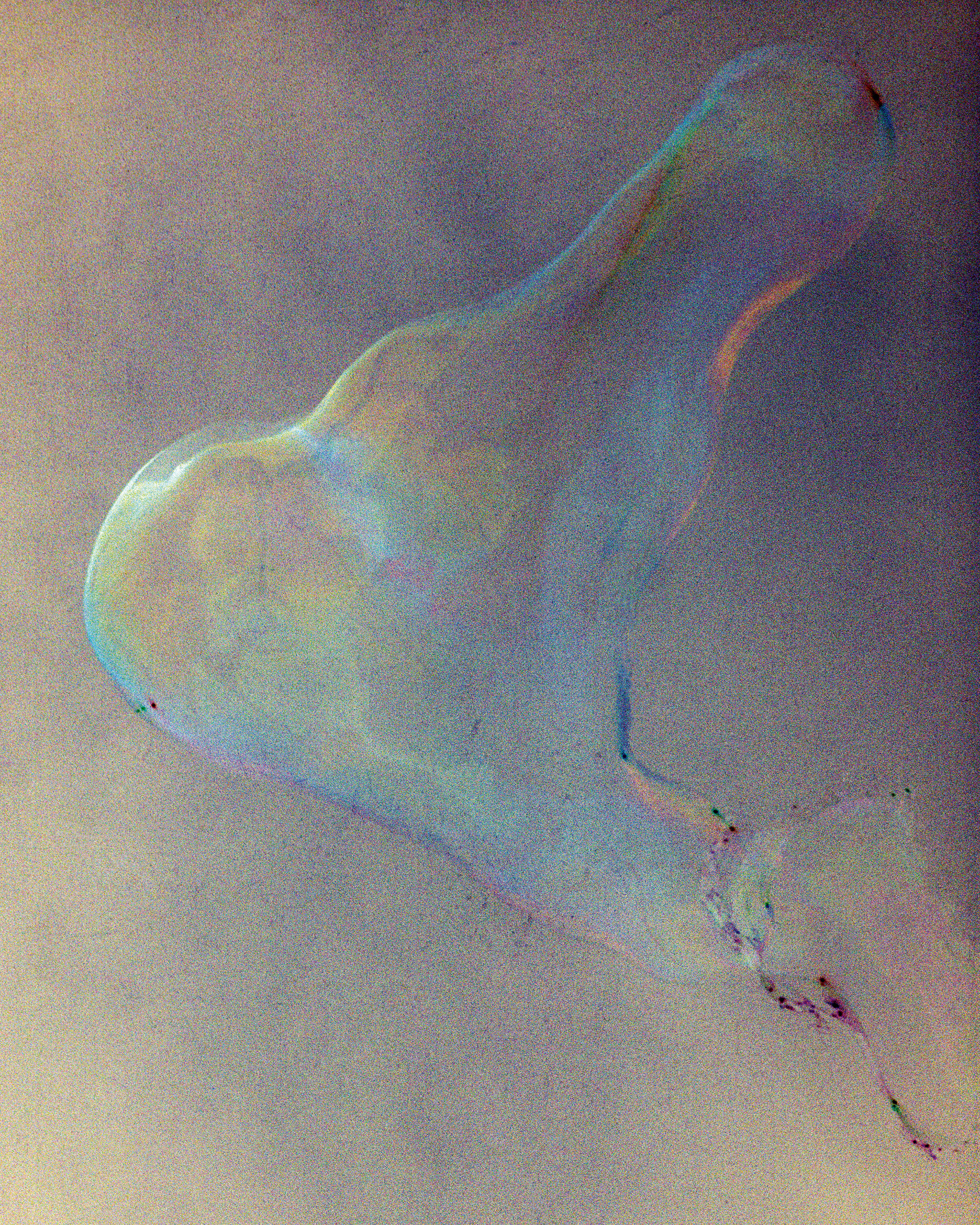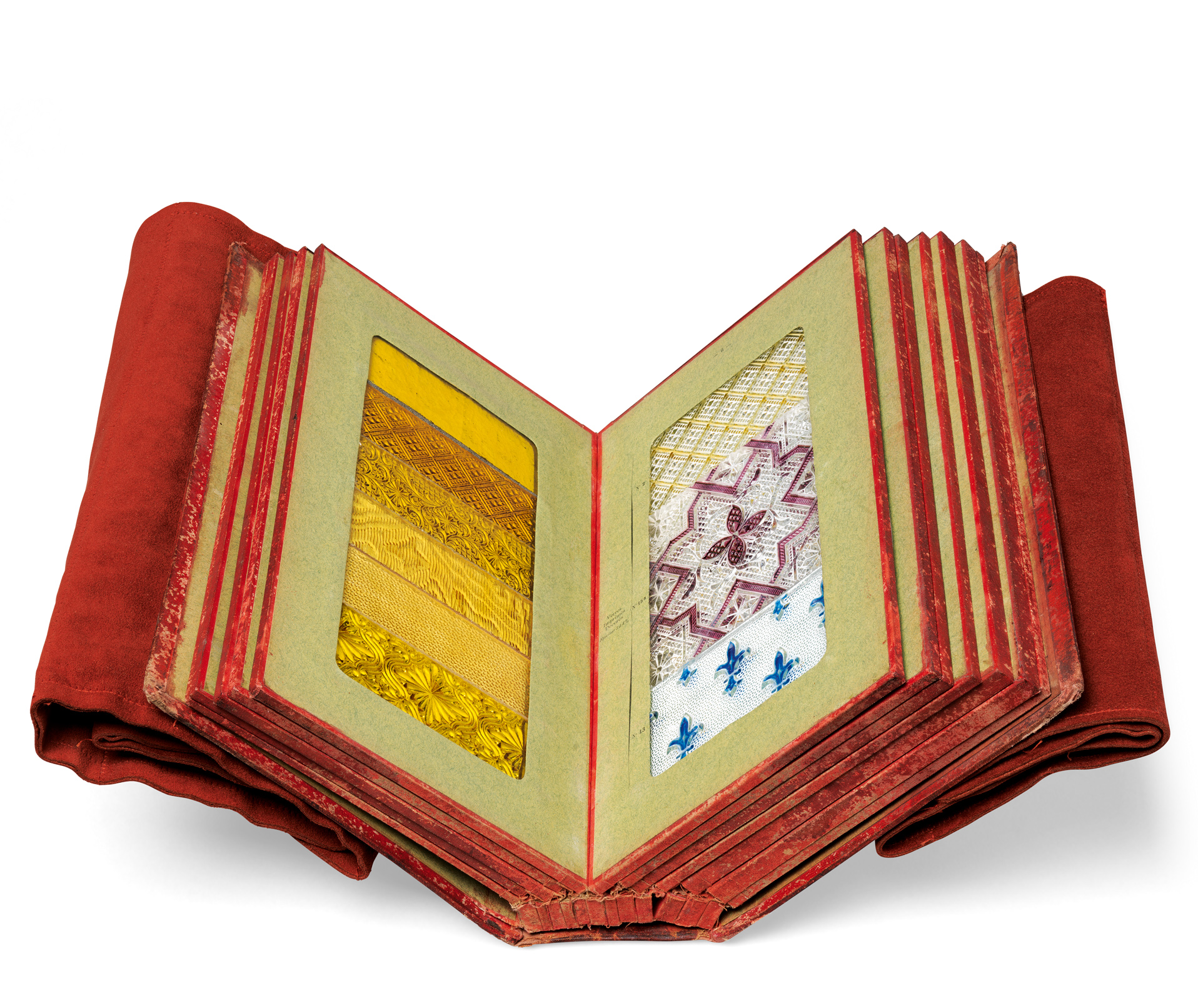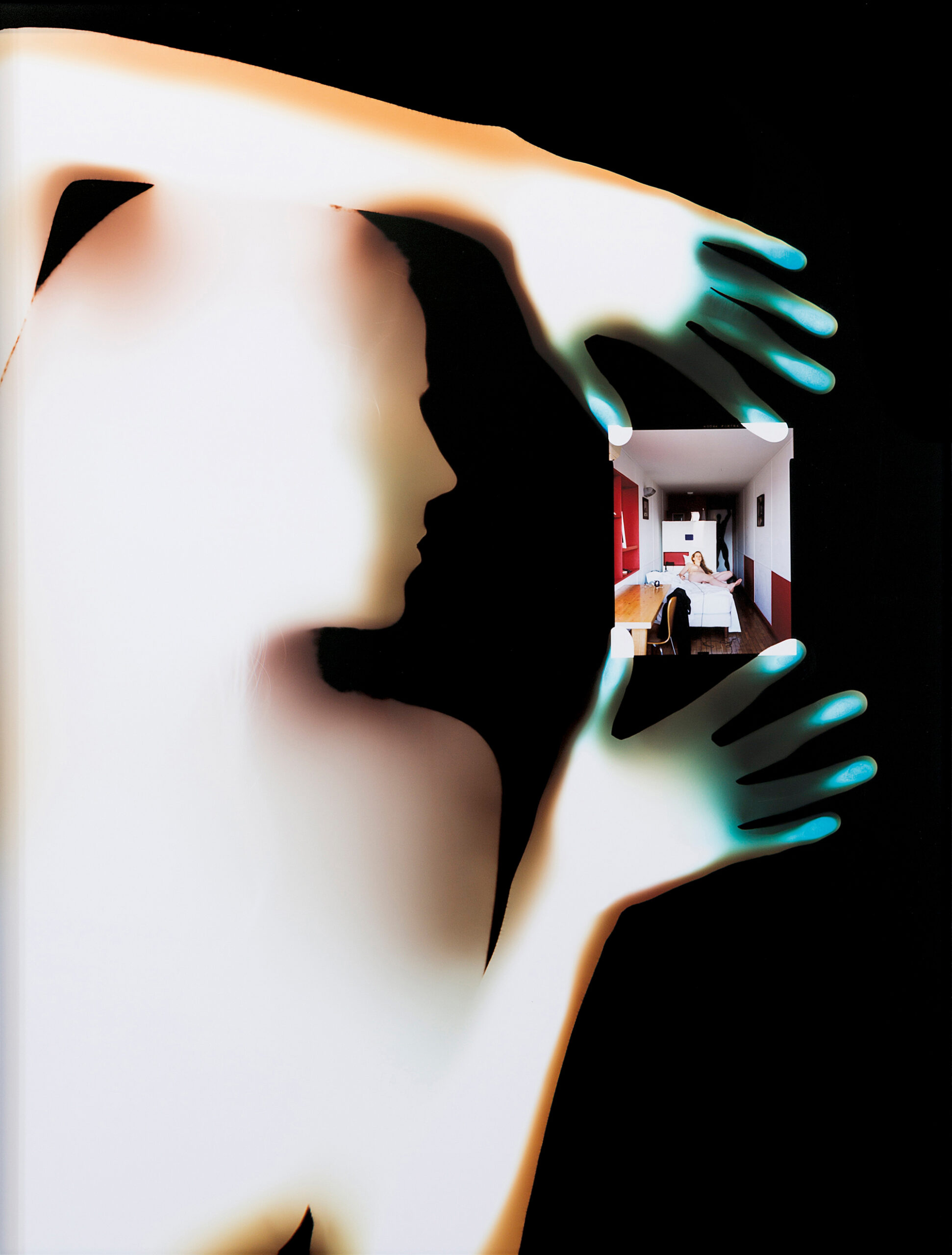Essays
Kosen Ohtsubo’s Flower Planet
Inspired by jazz, improvisation, and conceptualism, the ikebana artist has created playful works that merge disciplines.

For nearly fifty years, Kosen Ohtsubo has run roughshod over the idea of ikebana as a stately practice of arranging flowers in a vase. He is known for using vegetables, when he sticks to plants at all, and he often sets his compositions in unconventional containers. His 1984 work I Am Taking a Bath Like This was arranged in his own bathroom. On one wall, a cobalt vase in a small alcove holds some flowering irises. But this is only an accent within the wild gaiety of the entire piece, in which iris leaves have been plastered across the tiled room and gather neatly in the tub below, next to an array of flowers including roses, yellow lilies, and hydrangeas that just cover the bare chest of a man lying in the drawn bath. That’s Ohtsubo himself, with a faint but devious smile playing across his face. Is Ohtsubo’s own body also part of the “arrangement”? His knowing gaze, which lures the viewer into the scene, is directed toward the camera, operated in this case by Koichi Taniguchi, a photographer employed by the ikebana school to which Ohtsubo belongs. Recently, Ohtsubo has exhibited his ikebana in the form of photographs. He collaborates with other photographers, most often Taniguchi, though he sometimes operates the camera himself.
Now in his mid-eighties, Ohtsubo lives in Tokorozawa, a suburb of Tokyo, in a house that also serves as his studio and classroom. The building’s exterior is clad in ruddy steel plates that call to mind Richard Serra, but, by contrast, a charming, goofy sign that reads “Flower Planet,” in colorful and playful letters, hangs above the door. When I visited Ohtsubo in late 2022, he greeted me warmly and invited me to lunch before we started speaking about his work.


Ohtsubo has taken a gleefully unorthodox approach to ikebana, a practice of flower arrangement that emerged in Japan roughly six hundred years ago. Since then, various methods of displaying plants in vessels have been developed, discarded, and revived. In its modern form, the study and exhibition of ikebana are largely administered by various schools, to which almost all artists belong. Ohtsubo is no exception; for many years, he worked as one of the top teachers of the Ryuseiha School, and even in retirement he continues to serve as a special advisor to the school’s headmaster. Ohtsubo’s having such an esteemed position is somewhat ironic: when I spoke with him, his eyes lit up as he talked about how he wanted to produce work “with the goal of destroying ikebana.” Against the more rigid aspects of ikebana, Ohtsubo sought to introduce the rambunctious energy of free jazz, which he listened to eagerly as a teenager. In 1971, he caused a stir with his contribution to the Ryuseiha’s annual exhibition: he gathered up plant clippings and trash left behind by other artists who were preparing their ikebana on-site, threw everything into a large canvas bag, and put that on display. The act drew excitement and scorn in equal measure.
Ohtsubo has taken a gleefully unorthodox approach to ikebana, a practice of flower arrangement that emerged in Japan roughly six hundred years ago.
Submitting a sack of botanical trash to an official exhibition was a deliberately provocative gesture. Since then, Ohtsubo has continued to poke at the limits of ikebana; he titled one 1988 composition Is a Vegetable Stir Fry Avant-Garde Ikebana? It is, in fact, a vegetable stir fry, not so much arranged as plated in a large dish. But Ohtsubo is no simple jester: the work forces the viewer to consider what separates plating from arranging, cooking from ikebana. To prod the discipline in this way recalls the gestures of conceptual artists from the 1970s, whom Ohtsubo watched carefully. For example, he was deeply impressed by Between Man and Matter, a large 1970 exhibition in Tokyo in which Arte Povera and Mono-ha artists were shown alongside each other. Highlighting the Greek artist Jannis Kounellis in particular, Ohtsubo tells me that he was drawn to conceptual art for the same reason that he liked free jazz—it “rejected a traditional aesthetic, and tried to take an attitude toward material itself.” In other words, these practitioners of different disciplines—music, ikebana, contemporary art—are linked by a shared desire to go beyond the accepted structures of art.
Aperture Magazine Subscription
0.00


Even so, Ohtsubo is also capable of working in classical modes. Take Rikka of Lotus (1993), in which three lotus flowers run straight down the middle, while their leaves extend outward with the slight asymmetry that corresponds to classical ideals of beauty within ikebana. The entire composition curves thrillingly through space, describing a gentle arc to the left, while the top leaf returns back to the central axis. The arrangement is placed in a studio, and here the photograph seems to be more clearly about recording the plants at hand. “Photography is not able to completely grasp the content of ikebana,” Ohtsubo says. Looking at this photograph, I can only imagine the smells and spaces that the picture cannot contain.


Perhaps for this reason, the relationship between these two forms has not always been friendly. The avant-garde ikebana artist Yukio Nakagawa, a precursor to Ohtsubo, also engaged extensively with photography, using techniques gleaned from the famed Japanese photographer Ken Domon. Nakagawa also swore off traditional materials and vessels. His most famous work, Flowery Priestess (1973), shows nine hundred carnation petals stuffed into a blown-glass vase, which has been turned upside down so that the paper below is stained with a red liquid that has spilled out. This could not possibly be stored in a museum—audiences today know it only as a photograph. And yet, in an interview from 1974 that dealt specifically with the relationship between ikebana and photography, Nakagawa argued for the former’s greater importance: “The main subject is the flowers that I arrange,” he said. “I do not arrange them for the purpose of being photographed.” The interviewer pressed a bit further: Couldn’t the photographs that result from his work be shown as photographs in their own right? Nakagawa offered a terse reply: “No. This is my ikebana.”
Ohtsubo is less tied to these disciplinary boundaries than Nakagawa, perhaps because of his more mischievous approach— after all, Nakagawa never jumped in the bath with his flowers. “I do believe in the power of photography,” Ohtsubo says. “It can bring out really important aspects of ikebana. In that sense, I have hopes for fantastic photographers.” Perhaps ikebana needs photography in a way that sculpture does not, for the simple reason that plants wither away. Even in I Am Taking a Bath Like This, as soon as Ohtsubo stands up he will have disturbed the carefully laid out flowers at his chest. Histories of performance are often told through still and moving images, and the ephemeral aspects of Ohtsubo’s work, which go above and beyond the simple decaying of plants, both draw him to photography and place him within a broader tradition of performance art.

Photograph by Naomi Maki © the artist

Photographs by Koichi Taniguchi. Courtesy the artist and Ikebana Ryuseiha
In Botanical Man (1978), Ohtsubo again puts himself in the arrangement, to such an extent that he seems to merge with the plants. He strikes a studied pose, looking over a series of bound magazines with a cigarette held lightly between two fingers. Purplish castor oil bean plants crawl up the table and intertwine with his own body, held in place by white fabric resembling a bandage. I try to press Ohtsubo about why he included himself in this image, but he is keen to play down his role. He tells me that the castor oil bean plants had been assigned to him by an ikebana magazine as a prompt. “I tried a few things, and they weren’t working,” he says. “In the course of putting things together, I thought that it would be better to have the plants wrapped around me than using a vase—that’s all!”
Ikebana, photography, or performance? Ohtsubo relishes in leaving such questions unresolved. His work thrills by consistently, and exuberantly, mixing disciplines, leaving them all a bit refreshed—like they just went for a bath.
This article originally appeared in Aperture, issue 253, “Desire.”

